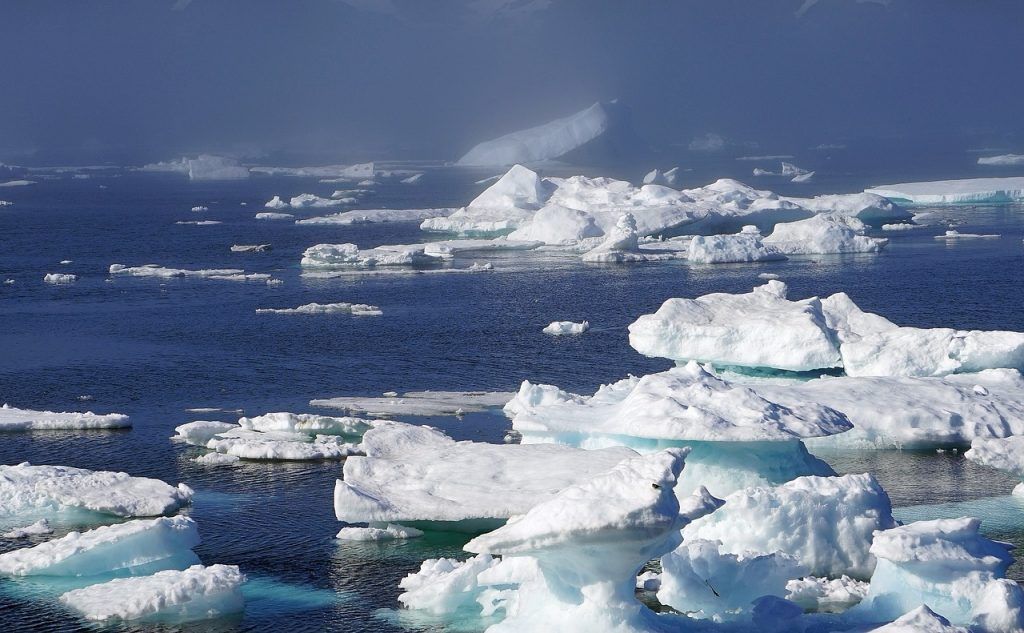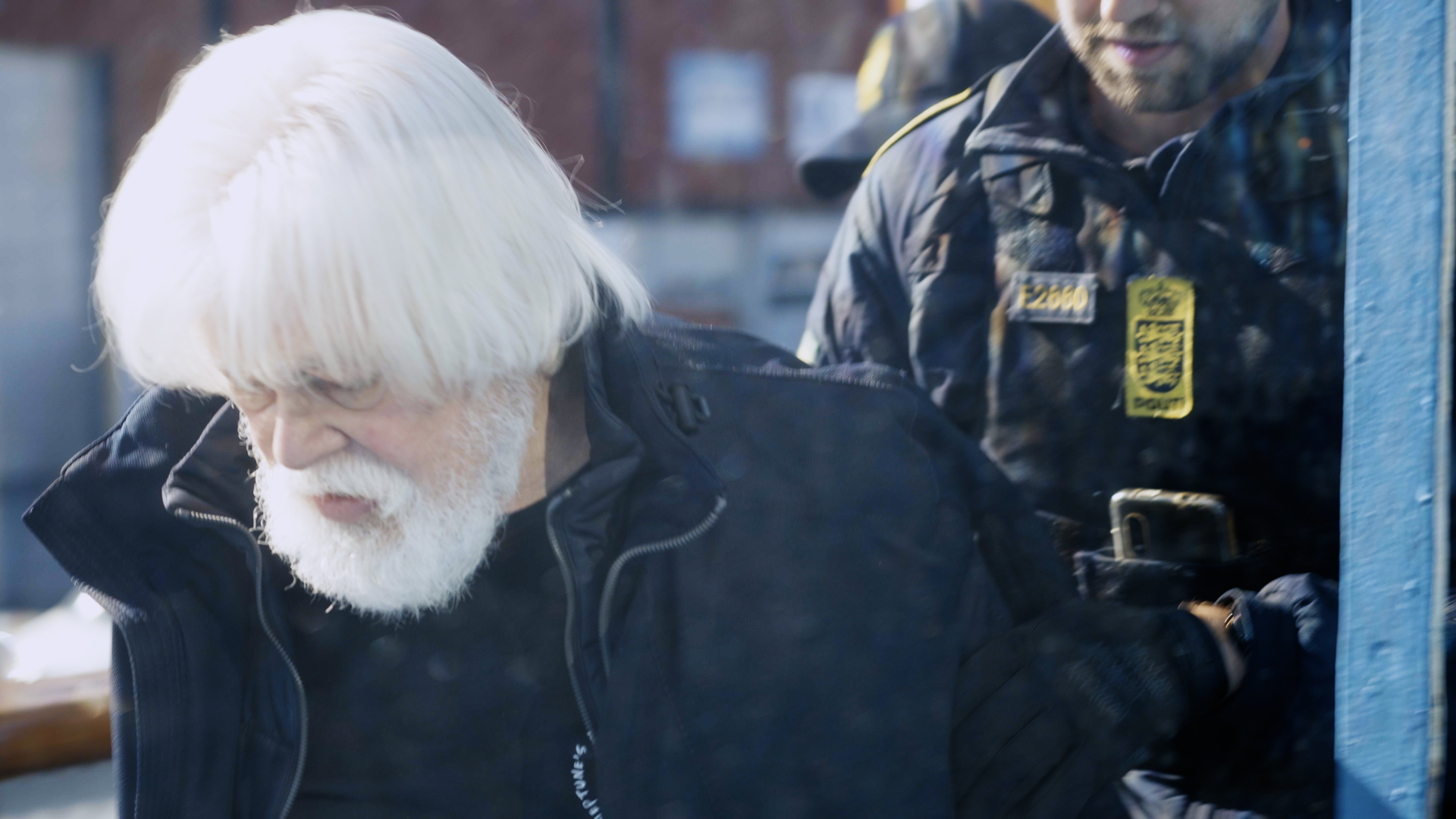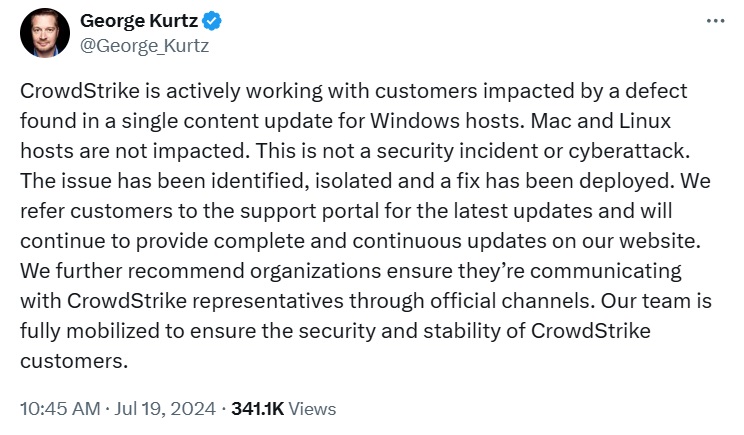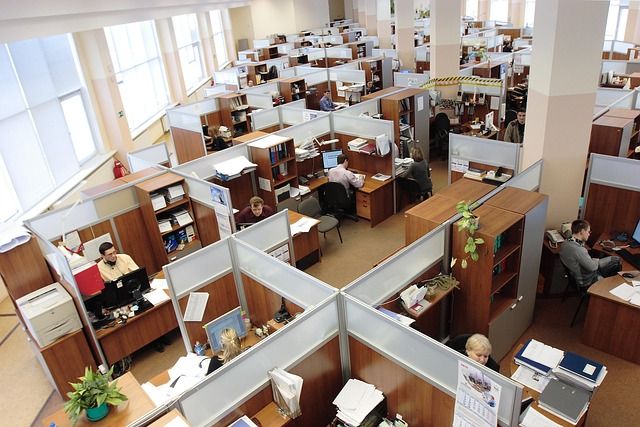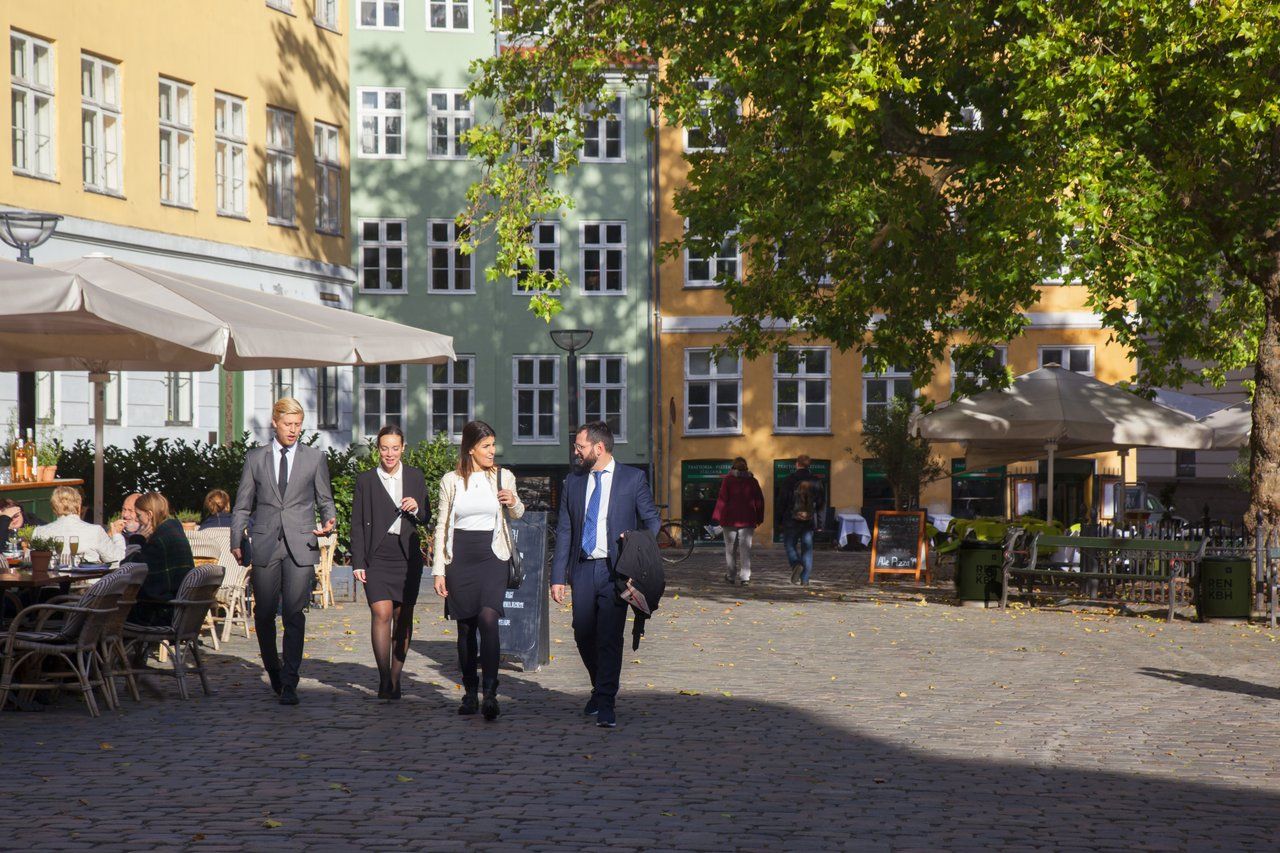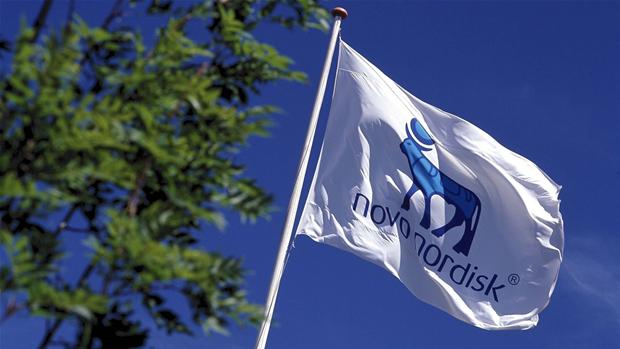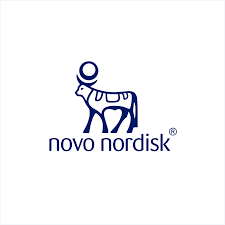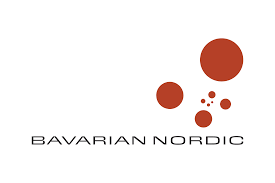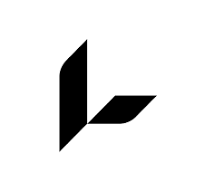The dawn of 2012 brings with it, among other things, the knowledge that Danish TV viewers will soon be required to pay as much as 12.5 kroner per month if they want to continue to enjoy reruns of ‘Beverly Hills 90210’ on the state-owned commercial television channel TV2.
Earlier this year, the European Commission approved a plan by the Danish parliament to allow the encryption of Denmark’s most-watched television channel, paving the way for TV2’s changeover to a subscription-only service.
TV2 began broadcasting in 1988. Until 2004, it was funded by a combination of licensing fees and advertising income. Since 2004, attempts to run the channel solely via advertising revenues proved unsustainable, even when combined with the income generated by the company’s pay channels like TV2 Sport, TV2 Zulu and TV2 Charlie.
As of 11 January 2012, a rooftop antenna or rabbit ears alone will no longer be enough to bring ‘Vild med Dans’ into the country’s living rooms.
Pay TV companies are working overtime to convince their customers that the changeover will be painless … almost.
The antenna-based TV provider Boxer has an online brochure that makes the case for their service as the best and easiest way for customers to continue receiving TV2. Boxer also goes to great lengths to defend TV2’s decision to become a subscription-only service.
“Running a large, nationwide public service TV channel through only advertising revenue proved to be an unsustainable business model,” says the Boxer brochure. “So that TV2 can continue to create and offer the quality programming, news coverage, sports and entertainment it is known for – and which has made it Denmark’s most popular channel – parliament decided to allow TV2 to become a pay channel in 2012.”
TV2’s debut as a pay channel could result in a large new customer base for Boxer. The company supplies the decoders and cards that viewers using antennas will need to decode the soon-to-be encrypted signal. It has been estimated that this opens the door for Boxer to reach nearly 300,000 people that do not currently use a pay TV service.
All of the major Danish TV companies – satellite, cable and IPTV – are attempting to assure customers that as long as they have the right equipment in place, they will continue to receive TV2. The only difference will be an extra monthly charge.
YouSee assures its 1.2 million customers that they will not have to make any changes to their current setup to continue receiving TV2, and that the channel will continue to be a part of every package that YouSee offers, including their basic service. They say their customers will see a price increase of 10 kroner per month.
Canal Digital also says that the change will happen automatically, and that they are charging customers what the service is costing them – 12.5 kroner per month.
Boxer users who pay for their service in advance have already seen a 40 kroner bump in their quarterly bill.
Critics question why TV2 decided on a subscription plan rather than licensing fees like other Danish public TV channels.
Dr Morten Egholm lectures on media at the University of Copenhagen. He does not feel that TV2 switching to a pay TV format will hamper the channel’s efforts to attract viewers or advertisers.
“Although this is the first time a channel in Denmark has switched from a public to a paid format, TV2 has a wide audience and a strong brand,” said Egholm. “They broadcast some of the country’s most watched entertainment shows, and their news programming has always been popular, especially to those that live outside of the capital region that find DR’s programming focuses too much on Copenhagen. I do not think they will lose any clients.”
In a letter last month to Jyllands Posten, TV2’s administrative director, Merete Eldrup, defended the new plan, saying that both the subscription model and licensing were considered as potential solutions to the channel’s ongoing financial struggles. Eldrup said that both the company’s owners and politicians had decided that a paid service was the correct path.
“Having ten to 15 percent of the main station’s revenue collected through subscriptions will allow TV2 to continue to generate the other 85 percent it needs to operate from advertising revenues,” Eldrup wrote. “That effort would be greatly hindered if that percentage came from licensing fees.”
She noted that in the past, the channel’s history of combining licensing fees with ad revenue was the target of much criticism and still unresolved lawsuits from competitors.
She also reminded critics that since the original licensing fees were dropped in 2004, TV2 has been Denmark’s only completely free TV channel and that the new subscription plan had been approved by a wide margin, both in parliament and by the European Commission.
TV2 has information on their website explaining what customers with receivers of all types need to do to continue receiving the channel.
The night between 11 and 12 January 2012, will also see the switchover in the digital TV signal for both DR and TV2 from MPEG2 to MPEG4. The new signal will provide a better picture and sound quality, but it will also render any equipment with only a built-in MPEG2 converter obsolete. Older televisions and DVD players will require a separate MPEG4 converter box. Newer flatscreens are already MPEG4 compatible, and equipment supplied by the pay TV companies is already set up to receive the new signal. Local electronics stores sell MPEG4 converters, with most falling in the 600 kroner range.


